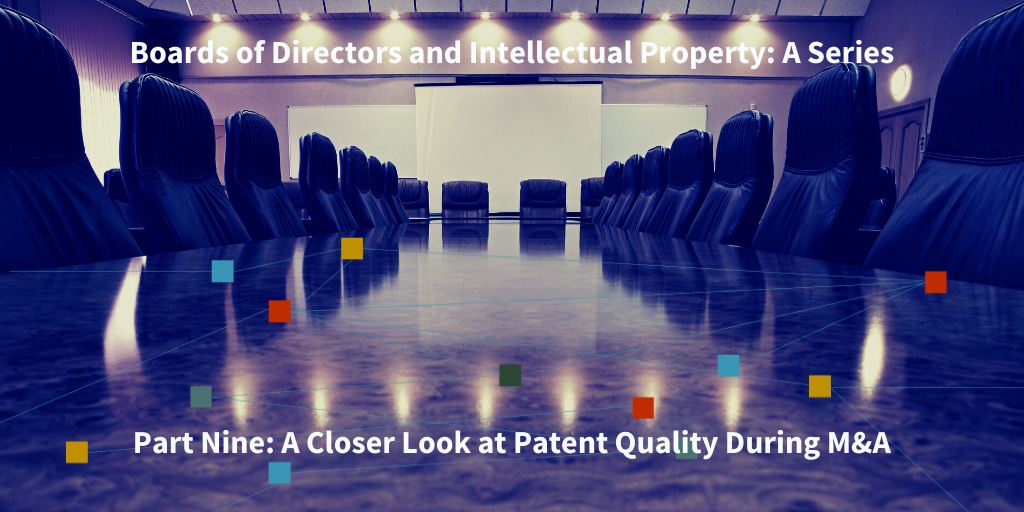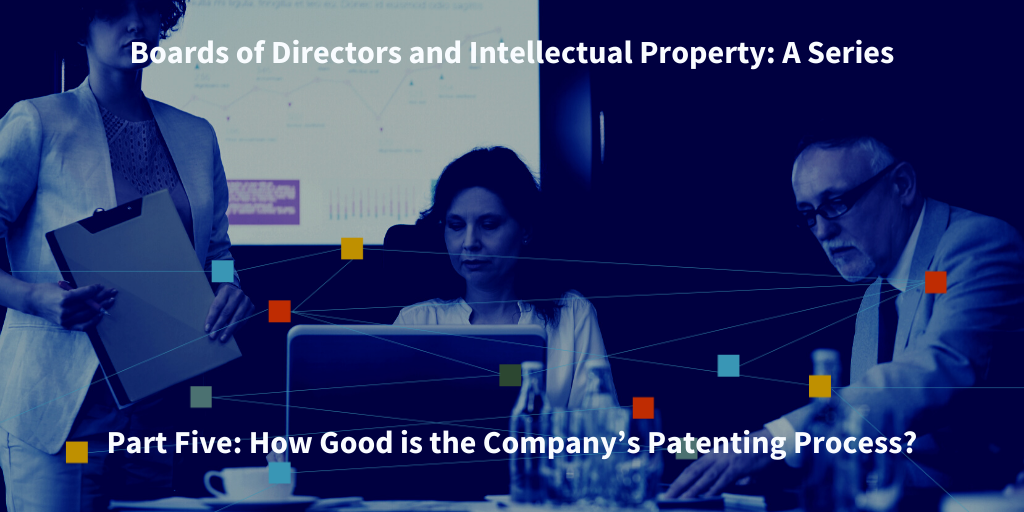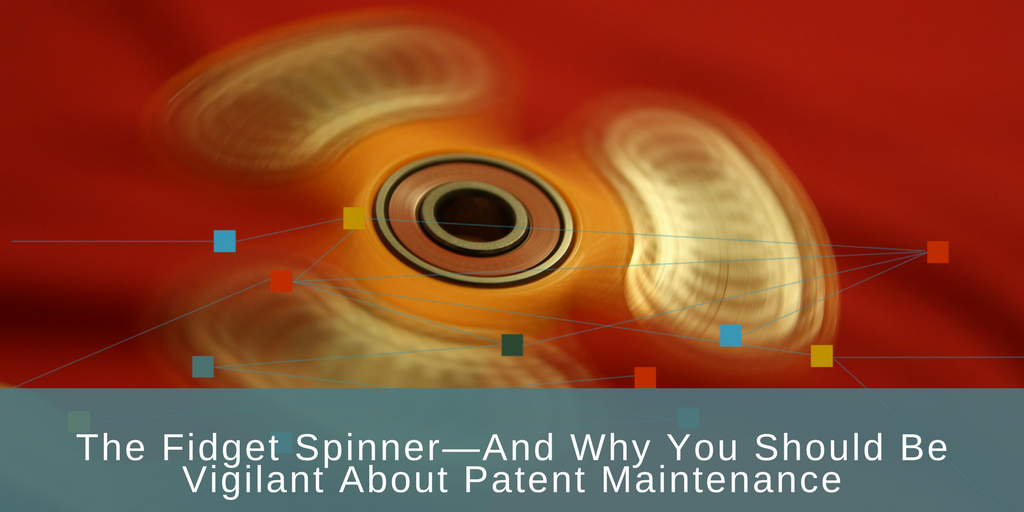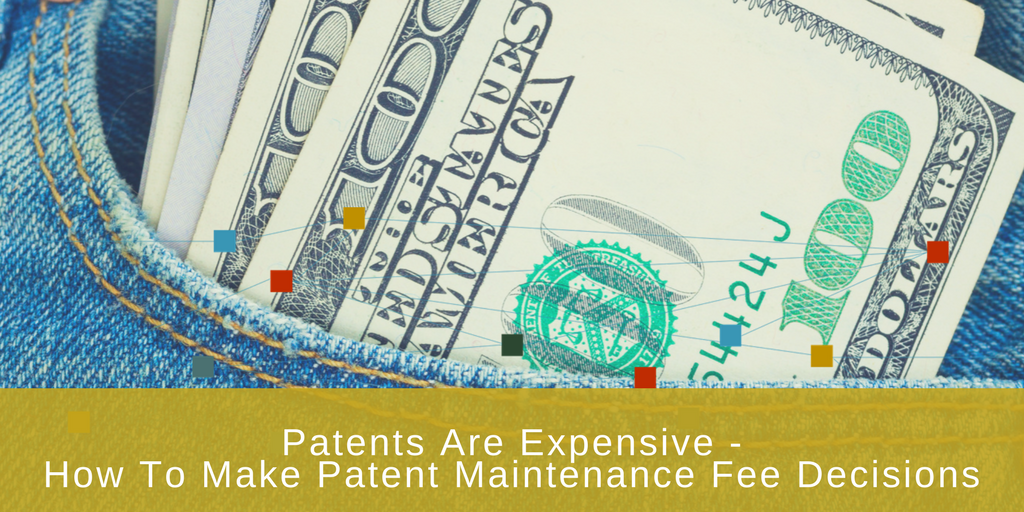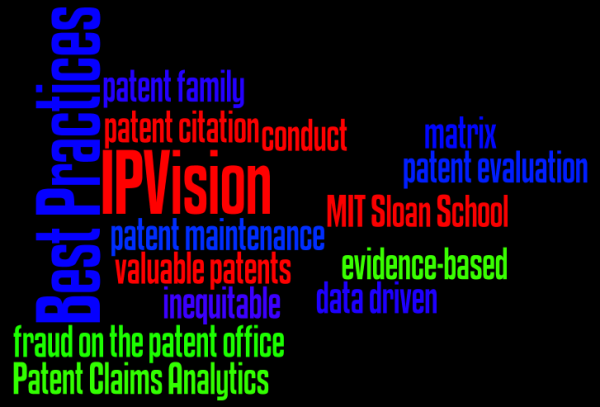My previous article showed how expensive patents are – from $220,000 to $440,000 to file and maintain a patent in the United States and 9 other major industrial countries. I also discussed one experiment that showed that data driven patent analytics could predict manually determined patent maintenance fee payment decisions over 70% of the time while dramatically reducing the time and cost to conduct the manual review. In this current article I describe best practice Patent Maintenance Fee Payment Decision Processes.
IPVision has worked with many companies to implement evidence-based data driven processes for the cost-effective evaluation and management of patents. The specific processes that are adopted differ somewhat in the details because companies differ in their culture and structure and because of their differing industry technology and competitive environments.
Although the specific processes differ there are core components in each of these programs. The following is a step-by-step compendium of the best practices I have seen.


